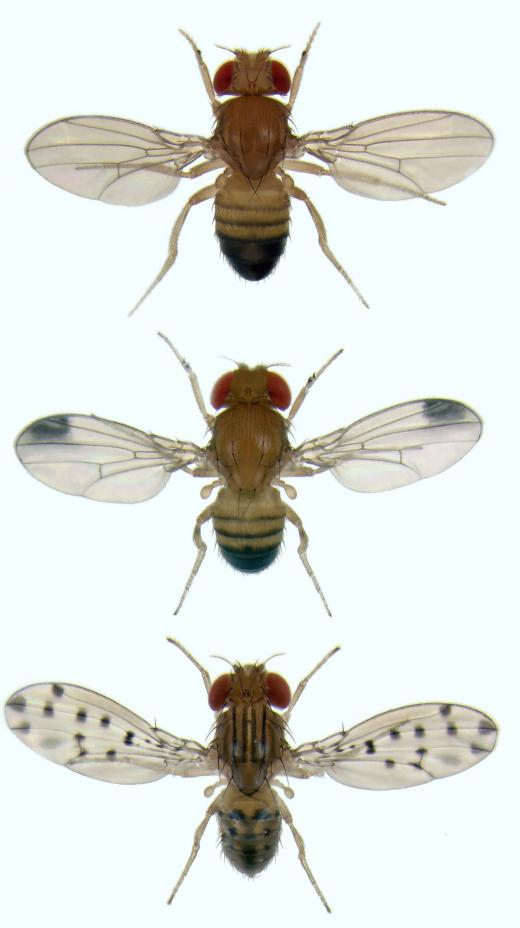What is a LOD Score?
 Mary McMahon
Mary McMahon
A LOD score is a representation of the likelihood of a linkage between two genetic traits. If the score is high, it means that the traits are closely linked, and therefore usually inherited together. Low scores, on the other hand, indicate a low linkage. Understanding these numbers is important to geneticists for a number of reasons, ranging from wanting to understand particular genetic conditions to a desire to figure out where a gene is located, using information about known genes.
To understand the importance of the LOD score, it helps to know that the closer two gene loci are to each other, the more likely it is that they will be inherited together. If genes are on different chromosomes, for example, they are usually inherited separately, because a great deal of crossover can occur during meiosis. Genes that are on the same chromosome but far apart are also usually inherited independently. When loci are in close proximity on the same chromosome, however, they tend to be inherited together. This information is at the root of the scoring system.

LOD stands for “logarithm of the odds,” reflecting the fact that the number is expressed logarithmically. As a general rule, if the score is 3 or higher, it means that there is a high probability of genetic linkage. Lower numbers indicate less likelihood of genetic linkage, although they can still be useful in the process of elimination.
To determine a LOD score, a data sample is needed, and in this type of statistical analysis, the bigger the sample, the better. Researchers working with organisms like fruit flies may actively breed a population to bring out or suppress desired traits for the purpose of studying the linkage between specific traits, while with populations such as humans, researchers must confine themselves to data collected through observation. Large samples tend to yield more statistically meaningful information because they reduce the risk of flukes and clusters which skew the data.

Using data from a population of interest, researchers look at how often certain traits occur together, and how often they emerge separately. This information is used to arrive at the recombination frequency, looking at how often genetic traits recombine. To be on the same chromosome, the recombination frequency must be less than 50%, and it must decline even more to indicate that loci are close to each other. Researchers analyze this information to determine how likely it is that there is a genetic linkage or not. The LOD score is determined by dividing the likelihood of linkage by the likelihood of no linkage. Typically, scores are calculated for multiple loci.
AS FEATURED ON:
AS FEATURED ON:












Discuss this Article
Post your comments